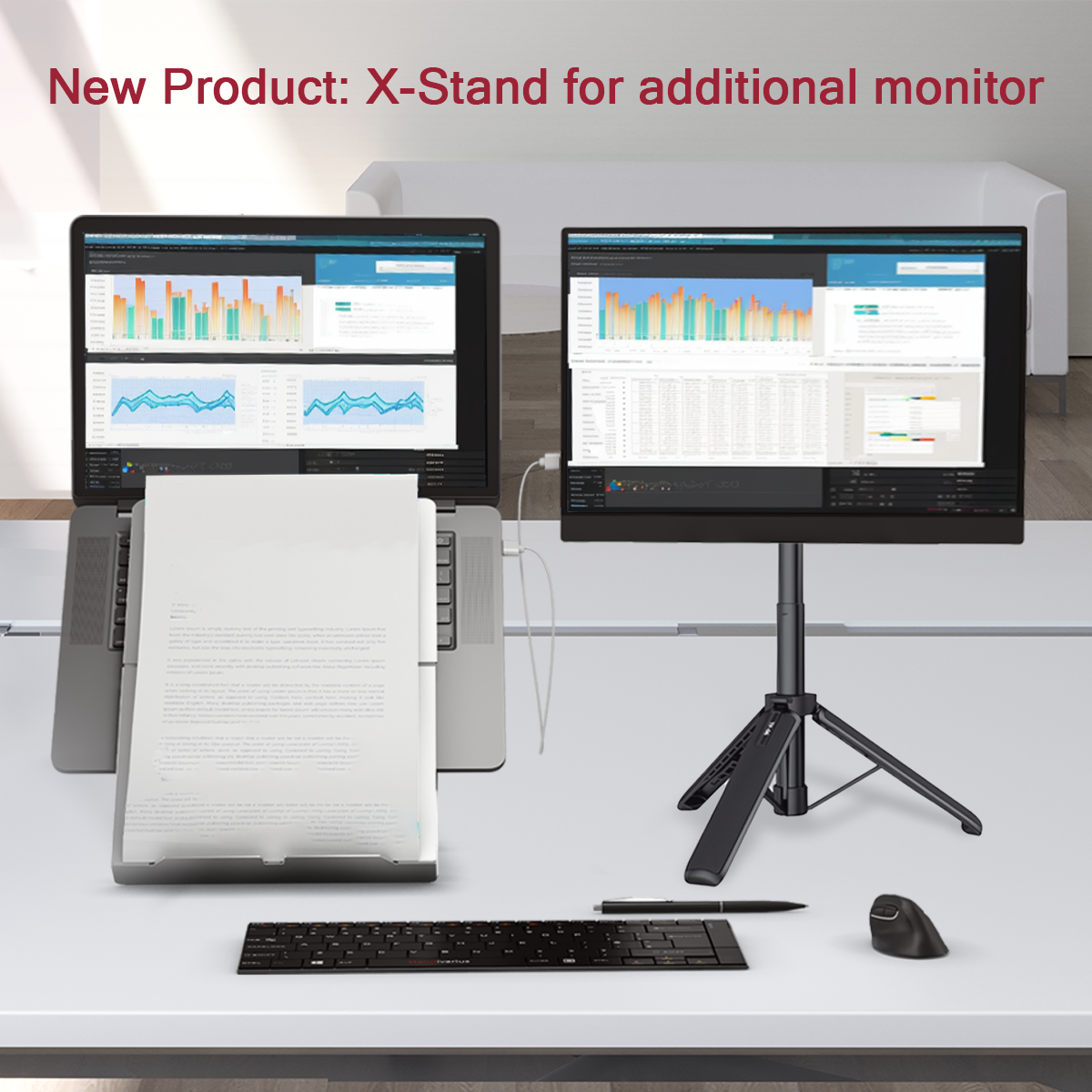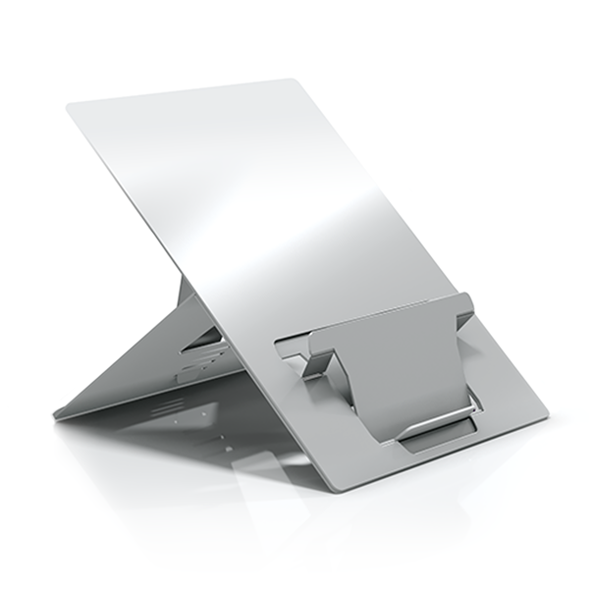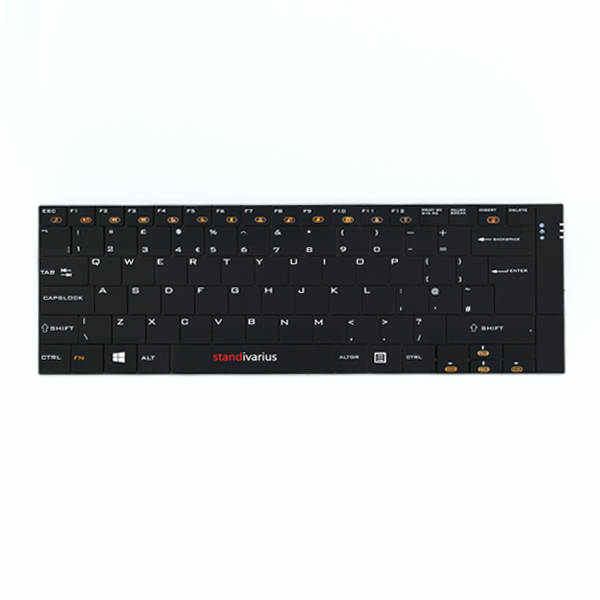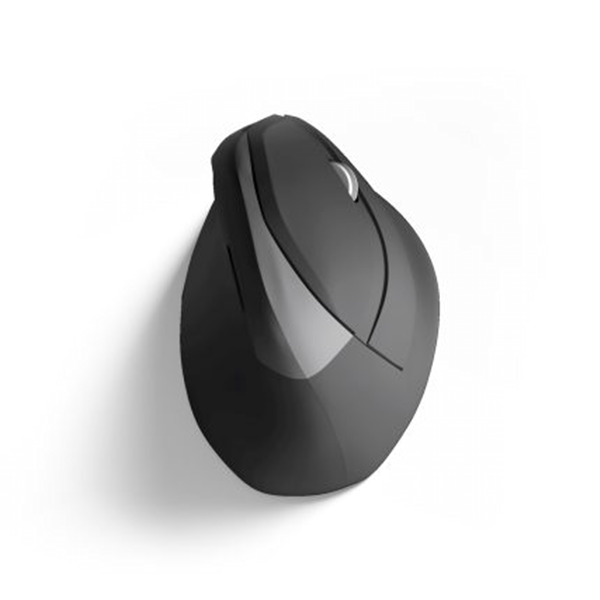With winter setting in, many in the UK are spending more time indoors, including for work. For those working from home, colder months bring a new set of challenges: staying warm, comfortable, and focused. Creating a workspace that balances coziness with ergonomic support can make all the difference, helping you feel more relaxed and productive, even on those long winter afternoons.
Here’s a guide to setting up a cozy, ergonomic workspace at home that can make winter feel more inviting:
1. Warm Lighting for a Cosy Atmosphere
Natural daylight hours are limited in winter, so lighting is essential for creating a pleasant, motivating environment. Try to place your desk near a window to get as much natural light as possible. In the morning, aim for whiter, cooler light to energise you. As the day goes on and the light starts to fade, switch to warmer lighting to create a relaxed, cosy atmosphere. Adding a warm, adjustable desk lamp or a light with a soft, warm hue can help maintain this inviting feel, while avoiding screen glare that can strain your eyes.
2. Comfortable and Ergonomic Seating
An ergonomic chair is essential for any home office, especially during colder months when you might feel tempted to work from the sofa or bed. Chairs with adjustable height, armrests, and lumbar support encourage good posture and prevent strain, especially on colder days when muscles can feel tighter.
Adding a supportive cushion can enhance comfort and keep you sitting upright. The Standivarius WFH Cushion is an ergonomic seat cushion that provides extra support, encouraging a more natural posture. This cushion is designed to relieve pressure on the lower back, making it a great addition to any chair, especially for longer winter workdays.
3. Elevate Your Screen to Reduce Strain
Working at the right screen height is crucial to avoid neck and back strain. Many people hunch over laptops, which worsens when bundled up in winter layers. Consider using a laptop stand like the Standivarius Oryx evo D, designed to lift your screen to eye level, making it easier to sit upright. This is especially helpful if you’re multitasking with video calls or creative work. The Oryx evo D is lightweight and portable, so you can easily move it around if you prefer working in different rooms to stay comfortable.
4. Keep Your Hands and Wrists Warm with Ergonomic Accessories
Cold hands can be challenging in winter, especially if your workspace is in a chilly room. Cold can cause us to tense up, which may lead to stiff wrists and fingers. Using a supportive, ergonomic keyboard like the Standivarius Solo X can keep your wrists aligned and comfortable, minimizing strain even with extra layers. The Solo X is wireless and rechargeable, giving you flexibility to move around without the clutter of cables. Pair it with an ergonomic mouse, like the Standivarius AVE /’a:vei/, which supports a more natural wrist position. Both accessories can reduce strain on your hands and wrists while keeping your workspace tidy and organized, adding to the cosy feel.
5. Take Breaks and Stretch Regularly
Finally, regular movement is essential for any ergonomic setup. In winter, it’s easy to stay glued to our desks to avoid the cold, but taking a few moments to stretch, get a warm drink, or walk around the house can improve circulation and reduce fatigue. Setting a timer to remind yourself to stand, stretch, or even step outside briefly for fresh air can be helpful.
Making Winter Workspaces Cosy and Supportive
Creating a cozy, ergonomic workspace at home isn’t just about comfort—it’s about supporting your body and mind, especially during the colder months. With the right setup, you can reduce strain, stay focused, and feel more comfortable while working from home.
Explore ergonomic products like the Oryx evo D and Solo X on our website. With a few adjustments and personal touches, you can set yourself up for a cosy, productive winter.






